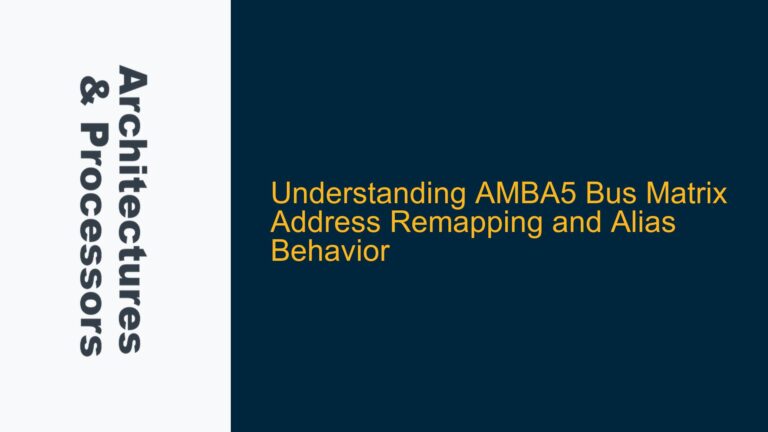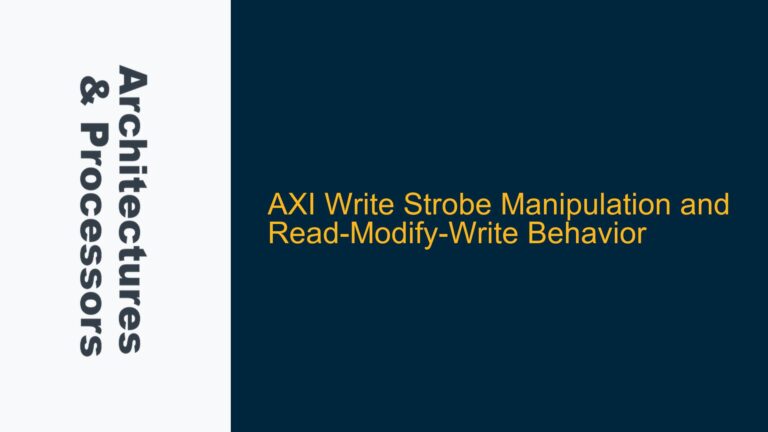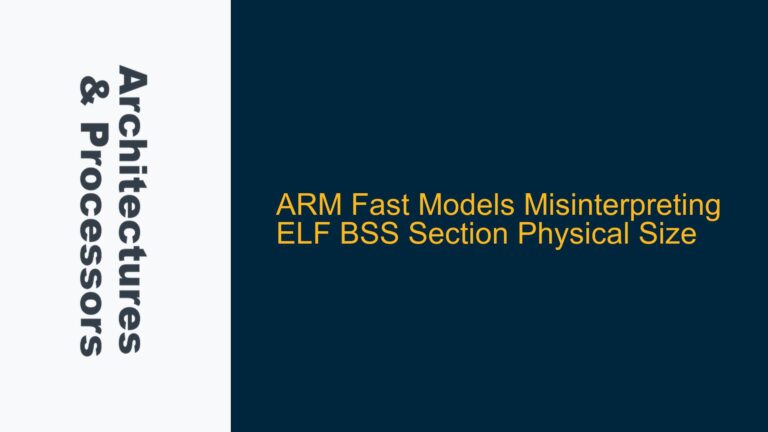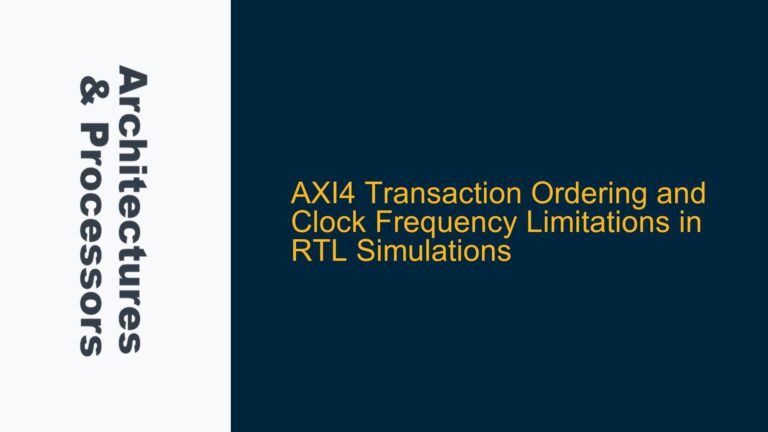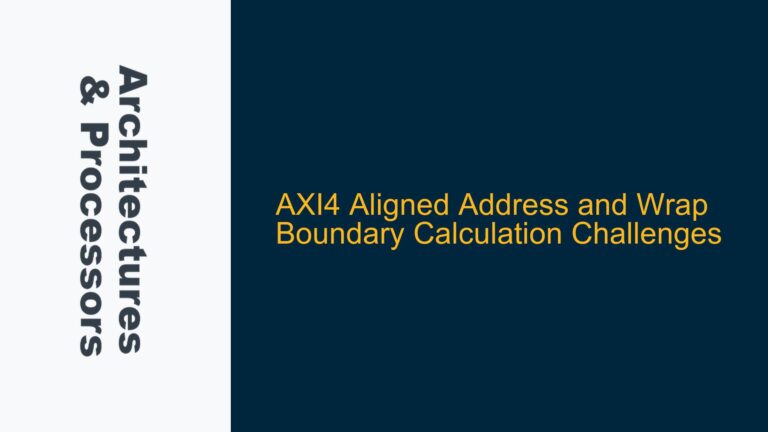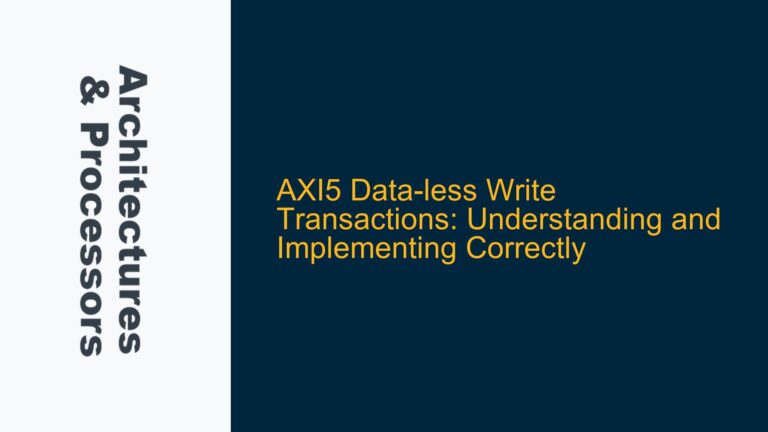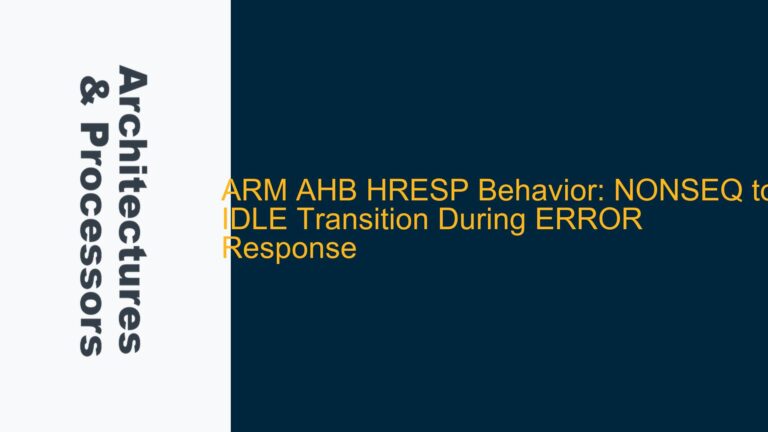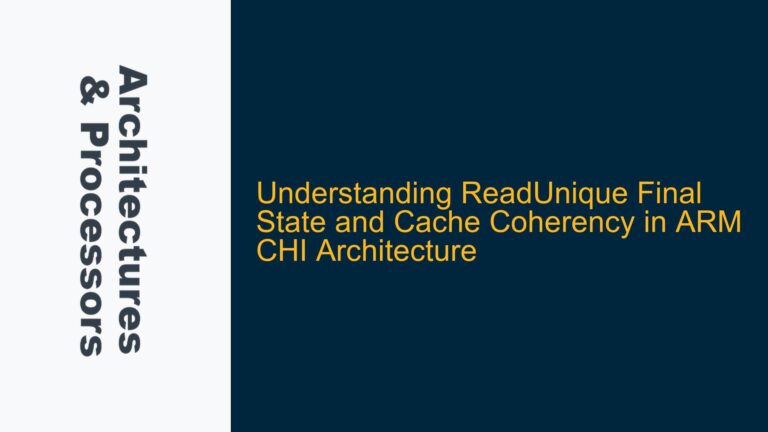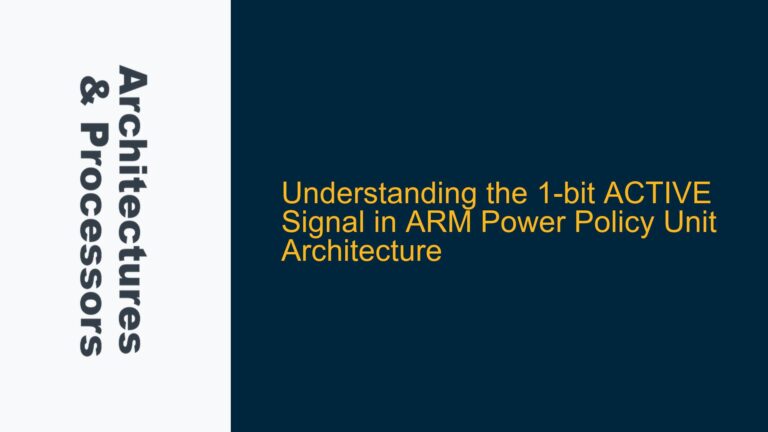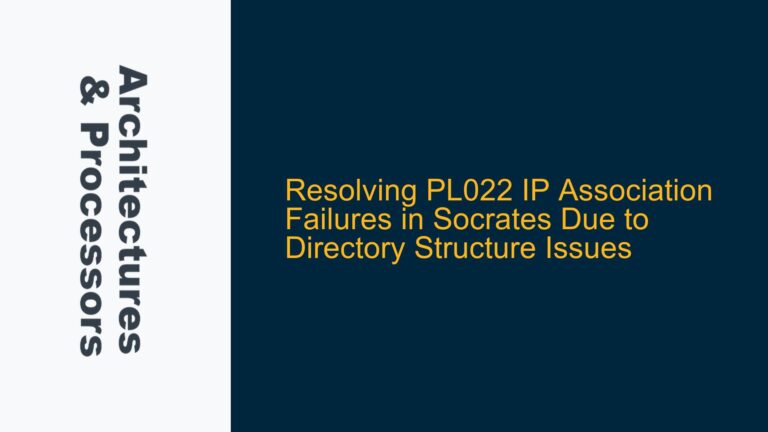AMBA5 Bus Matrix Address Remapping and Alias Behavior
AMBA5 Bus Matrix Address Remapping and Alias Behavior in SIE-200 The AMBA5 Bus Matrix, particularly in the context of the ARM SIE-200 IP, introduces a sophisticated mechanism for address remapping and aliasing, which can be both powerful and complex. This post delves into the intricacies of how address remapping and aliasing work within the Bus…
